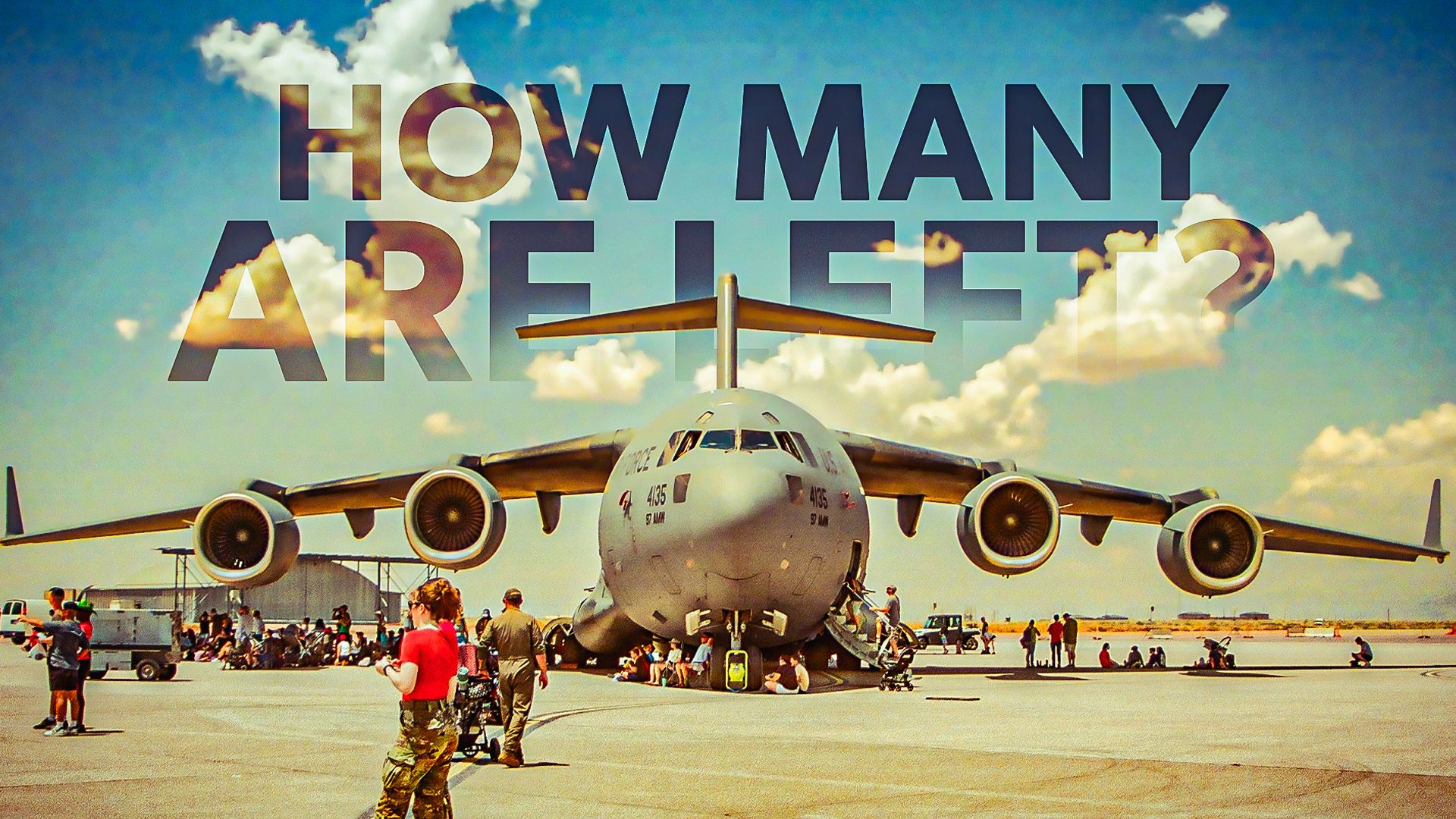The C-17 Globemaster III: A Pillar of Strategic Airlift
The C-17 Globemaster III stands as a critical asset in the global strategic airlift capabilities of Western nations. With a total of 279 units produced, including prototypes, only one has been lost in an accident, leaving approximately 275 operational today. While some aircraft are undergoing maintenance, none have been retired or scrapped except for the single example destroyed in a crash.
Even though production of the C-17 ended over a decade ago, Boeing is exploring the possibility of increasing the number of Globemasters worldwide. At least one country is currently negotiating to purchase more, and several others are showing interest. This development occurs amid rising military budgets and a renewed focus on the role of large aircraft like the C-17 in future conflicts.
Production Timeline and Global Reach
The C-17 Globemaster III was developed by McDonnell Douglas for the United States Air Force (USAF). It was designed to replace the aging Lockheed C-141 Starlifter and complement the larger Lockheed C-5. The first units entered service in 1995, shortly before McDonnell Douglas merged with Boeing in 1997. Production continued until November 2015, when the final unit was delivered.
By that time, 279 C-17s had been delivered to the USAF and the air forces of the United Kingdom, Australia, India, Canada, Qatar, the UAE, and Kuwait. Additionally, the Heavy Airlift Wing (HAW), an international military airlift organization, operates C-17s. HAW consists of several European countries and the United States and was activated in 2009 under the Strategic Airlift Capability (SAC) program.
Current Fleet and Operational Status
According to Boeing’s website, 275 C-17 Globemaster IIIs are currently in operation worldwide. The largest operator is the USAF, which has 223 aircraft spread across 12 bases. However, FlightGlobal’s 2025 report lists only 220 in inventory, while the USAF website states there are 157 active Globemasters, 47 in the Air National Guard, and 18 in the Air Force Reserve, totaling 222 aircraft. The discrepancy highlights the need for updated records.
Outside the U.S., 52 C-17s are operated by other nations and the HAW organization. In the Middle East, the Qatar Emiri Air Force and the UAE Air Force each have eight aircraft. The Kuwait Air Force operates the smallest fleet, with just two. HAW maintains three aircraft for mostly European operations. Other operators include the Royal Australian Air Force (eight), Royal Canadian Air Force (five), Indian Air Force (11), and the Royal Air Force (eight).
Safety Record and Incidents
Despite its robust design, the C-17 has experienced several accidents and runway excursions. Only one aircraft has been lost due to a hull loss. In July 2010, a USAF C-17 crashed at Elmendorf Air Force Base in Alaska during a training exercise. The crash, caused by pilot error, resulted in the deaths of all four crew members. This remains the only fatal accident involving a C-17.
Other incidents include a 2003 missile strike on a C-17 taking off from Baghdad, which damaged an engine but allowed the aircraft to land safely. Another C-17 made a gear-up landing in 2009 and was repaired. A third overran the runway in 2011, causing significant damage, but was also repaired and returned to service. These events highlight the aircraft’s resilience and the effectiveness of maintenance protocols.
Potential for Restarted Production
In June 2025, reports indicated that Boeing is considering restarting C-17 production. This would be a complex task given the long period since the last unit was delivered. Talks are underway with at least one customer, though details remain confidential. Japan is reportedly interested in acquiring the Globemaster, either new or second-hand.
Currently, no direct equivalent to the C-17 exists outside Russia and China. The Ilyushin Il-76 and Xi’an Y-20 provide similar capabilities, albeit at lower production rates. The Airbus A400M and Embraer C-390 are smaller and serve different roles, with the A400M filling the gap between the C-130J and the C-17, while the C-390 competes directly with the Super Hercules.
Future Considerations for the USAF
The USAF continues to evaluate its need for more C-17s. While the aircraft can carry heavy payloads such as M1 Abrams tanks, future conflicts may reduce the utility of large strategic airlifters due to their vulnerability in forward bases. The Air Force is exploring S/VTOL tactical aircraft capable of operating from short or unprepared landing strips.
Despite these considerations, demand for large strategic airlifters will likely persist. Boeing has not announced a planned replacement for the C-17, and the USAF has downsized its C-5 Galaxy fleet. Plans to acquire more C-17s were previously considered but did not materialize.
Possible Expansion and Challenges
Planespotters.net lists nearly all C-17s as active, with only a few preserved or parked. Of the 279 produced, all but one still exist. While production may restart, challenges remain in determining how many units would be needed for economic viability. Rising defense spending in Europe and other regions could create opportunities for increased procurement.
For Western and U.S.-allied air forces seeking true strategic airlift capability, the C-17 remains a viable option. However, its Cold War-era design raises questions about its relevance in future conflicts. As NATO nations commit to increasing defense spending, the potential for renewed interest in the C-17 cannot be ruled out.






